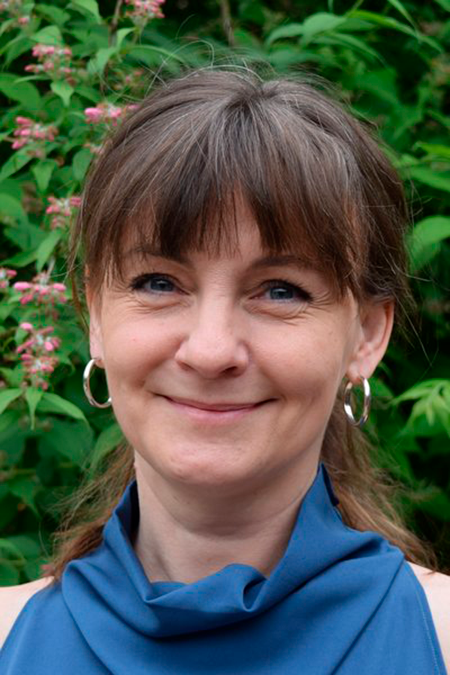New diagnostic methods in endodontic treatment
How do we describe the occurrence of diseases and identify risk factors for endodontic disease in the population? This is the focal point of Professor Lise-Lotte Kirkevang's research.
My knowledge will improve endodontic treatment and education
Through her research, Lise-Lotte Kirkevang has contributed to drawing attention to the extent of endodontic disease in the population and to clarifying how important it is to ensure optimal and timely treatment of the parts of the tooth and jaw that are not visible to the naked eye – e.g. inflammation of the dental pulp (pulpitis) and the surrounding supporting tissue (apical periodontitis).
"Using my knowledge to improve diagnostics, treatment and endodontic education is a major driving force for me"
"In my research, it has always been crucial to create improvements for patients and new knowledge for peers. Using my knowledge to improve diagnostics, treatment and endodontic education is a major driving force for me," says Lise-Lotte Kirkevang.
Large cohort for long-term follow-up is the first of its kind
Studies have shown that 40 % of the adult Danish population has at least one tooth, that has undergone root canal treatment. Lise-Lotte Kirkevang has worked with longitudinal studies that show what the prognosis looks like for a root treated tooth and which factors may affect the prognosis.
This knowledge stems from a large cohort that Lise-Lotte Kirkevang has helped to establish. The cohort includes randomly selected adults between 20 and 64 years of age with and without dental or tissue disease. The first X-rays to the cohort were taken in 1997 - the last in 2019.
"I am driven by curiosity and a banal desire to make a difference. That's why it's so exciting to follow such a large group of people over such a long period of time," says Lise-Lotte Kirkevang.
The cohort is the only one of its kind in the world. No long-term studies have previously been conducted in which the development of endodontic diseases and treatment has been observed over such a long period.
Clinical guidelines stem from international research collaboration
Lise-Lotte Kirkevang has been one of the driving forces behind a large international project which has developed clinical guidelines for the diagnosis and treatment of pulpitis and apical periodontitis.
The collaboration has taken place between clinicians and researchers from 14 countries and more than 30 universities, and the guidelines have been translated into a number of languages.
"I am proud that my corner of odontology is translated into concrete clinical guidelines that help professional colleagues and benefit patients all over the world."
According to Lise-Lotte Kirkevang, the collaboration is unique because it combines the academic depth of the research with the clinical practice, while at the same time being internationally anchored, with great impact. A project that is close to Lise-Lotte Kirkevang's professional heart:
"It is incredibly rewarding to be part of such a large, international project, and I am proud that my corner of odontology is translated into concrete clinical guidelines that help professional colleagues and benefit patients all over the world on a daily basis," says Lise-Lotte Kirkevang.
5 highlights about Lise-Lotte Kirkevang
- Graduated dentist from Aarhus University (1995).
- PhD degree from 2001 and doctor in endodontics in 2018.
- Editor of an international textbook on endodontics.
- Member of the European Society of Endodontology, the European Academy of Dento-Maxillo-Facial Radiology and the International Academy of Dento-Maxillo-Facial Radiology.
- Has attracted funding for the establishment of dedicated endodontics clinics, so that the department's students are taught at state-of-the-art clinics.

